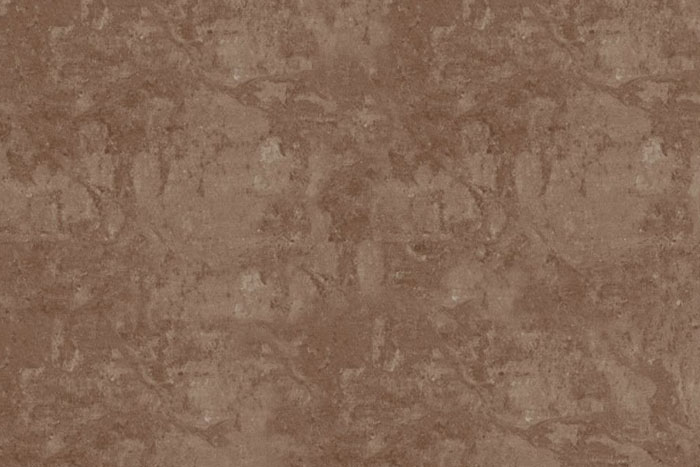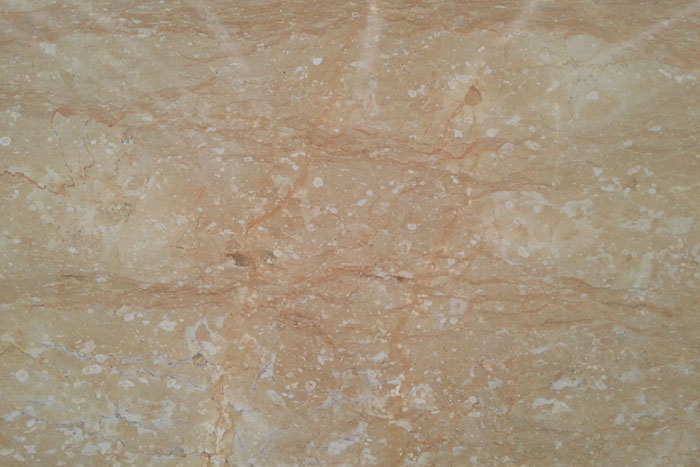Stone salt-alkali spot is commonly known as stone alkali or stone efflorescence. It is a white pattern or spot formed by soluble salts crystallized on the surface of the stone. So, how does the stone salt-alkali spot form? What are the characteristics? Next, let's take a look with the editor of FABULOUS Group.

Source and formation of stone salt-alkali spots
1. Alkaline components in cement (such as sodium hydroxide, potassium hydroxide, sodium carbonate, etc.), due to various reasons (such as rain, washing water, grinding water, ground water), make the stone and the wet cement under the stone damp Afterwards, the moisture will evaporate outwards and upwards, and the alkaline components in the cement will pass through the pores or joints of the stone, and will be brought to the surface of the stone with capillary action, forming pattern-like salt spots;
2. Some marbles themselves contain alkaline ingredients (such as some beige marbles). Even if they are not installed with wet stickers in humid air, they will automatically precipitate salt and alkali due to water migration, resulting in salt and alkali spots;
3. In some saline-alkali areas, soluble salts (such as sodium sulfate, and sodium carbonate, etc.) will migrate upward along the wall base with water and precipitate on the surface of the stone at the foot of the building;
4. In coastal areas, as the sea breeze blows the sea water mist toward the land shore, sea salt (such as sodium chloride) will precipitate on the stone surface of the outer wall of the building, and white salt spots will also form;
5. In China, as the rainy season goes from south to north every year (such as the south wind in Hainan, the Pearl River Delta, the rainy season in the Yangtze River Delta, the sauna day in the north of the Qinling Mountains, etc.), seasonal stone salt spots gradually appear.

Salt-alkali spot of stone
1. The appearance is mainly pattern or variegation. In the actual scene, there are also intermittent and sporadic patterns or spots;
2. It is easily soluble in water, and its hardness is low, so it can be wiped off with a damp cloth. In actual operation, with the passage of time, it is more and more difficult to wipe off the stone salt-alkali spot directly;
3. It often occurs repeatedly, with moisture absorption, especially when the weather is dry after being exposed to humidity;
4. The main chemical components of saline spots are sodium or potassium salts, such as sodium carbonate, sodium sulfate, sodium hydroxide, etc., which are mainly soluble salt and alkali, which easily migrate to the surface of the stone with capillary water and crystallize.